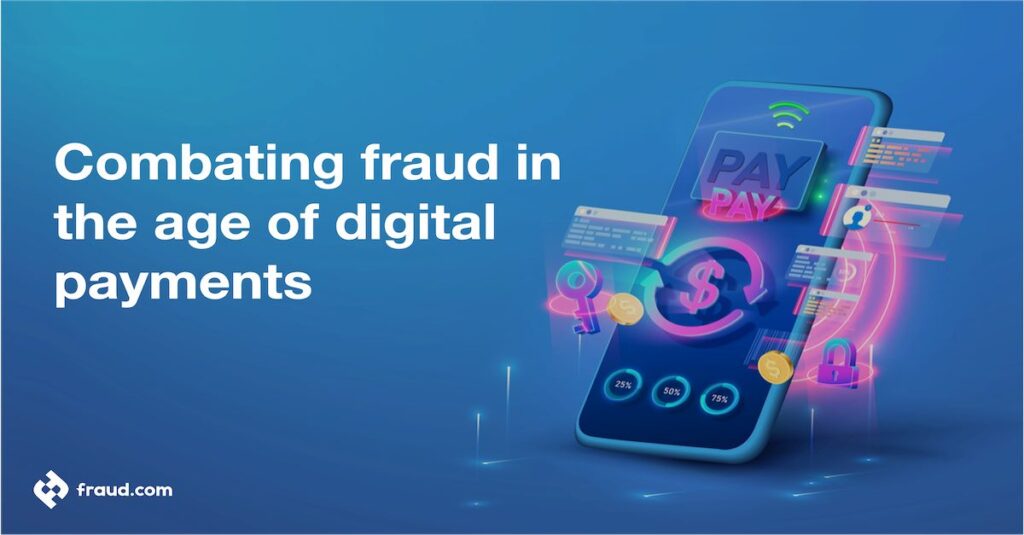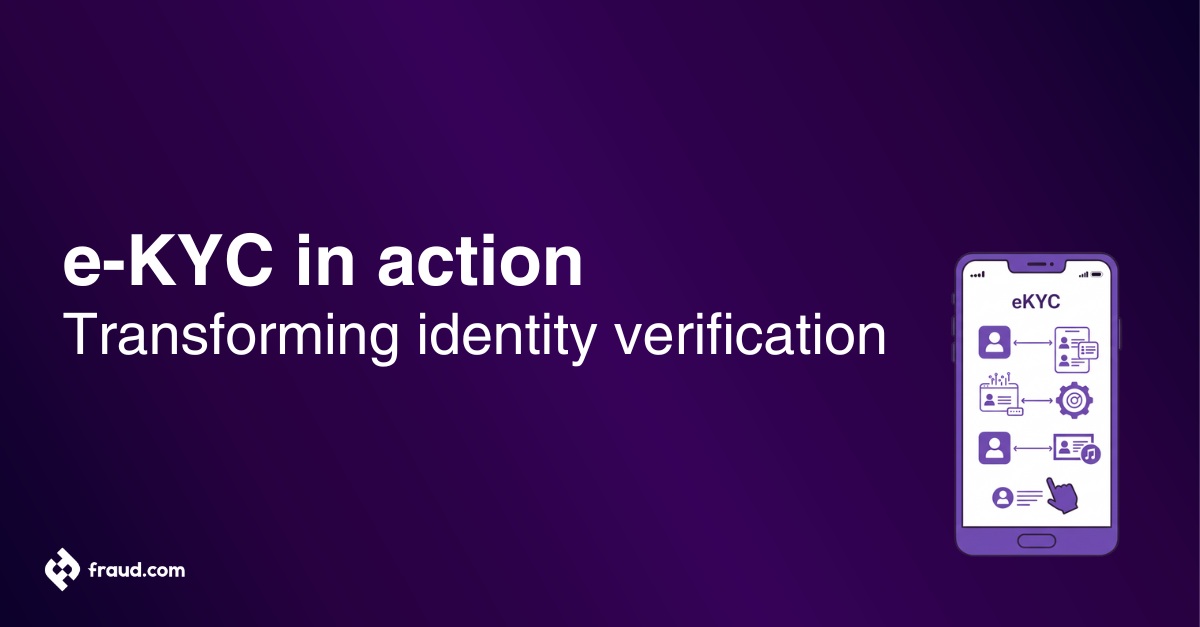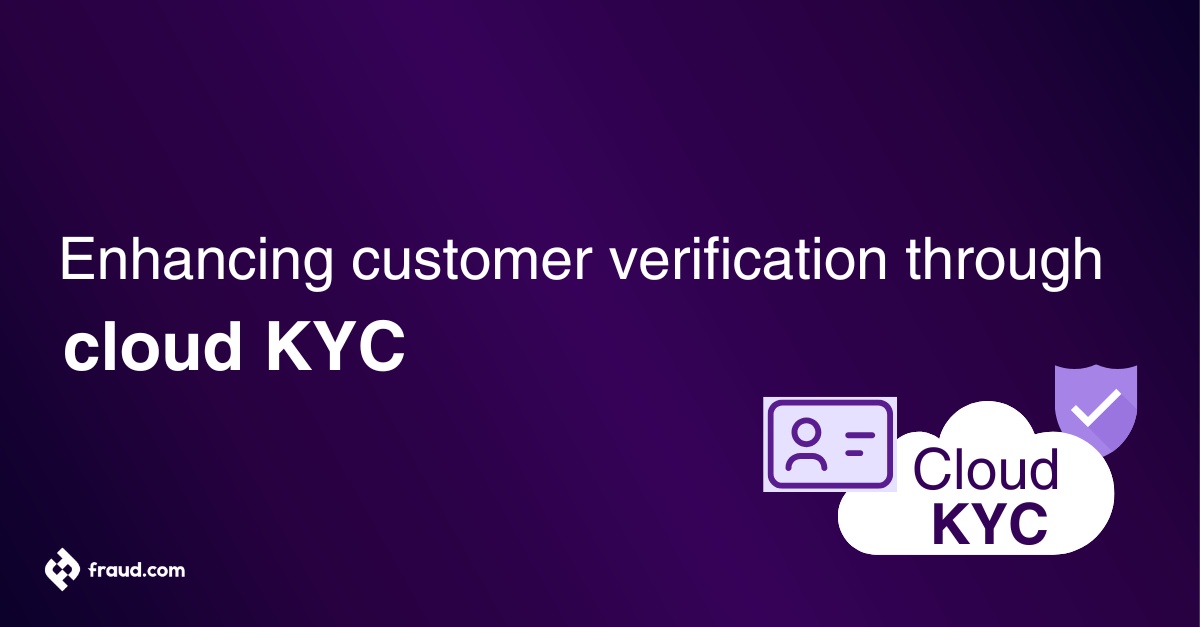Digital payment methods, such as mobile wallets, online transactions, and contactless payments, have revolutionised the way businesses and customers conduct transactions, offering unparalleled convenience and accessibility in today’s fast-paced world. However, the rapid growth in digital payments has also led to an increase in fraud, with malicious actors finding new ways to exploit vulnerabilities and defraud unsuspecting users.
To protect your customers and ensure a secure digital payment experience, it is essential to stay informed about the latest anti-fraud best practices, emerging threats, and innovative technologies. In this comprehensive guide, we will delve into the key strategies for avoiding digital payment fraud, explore the latest trends and technologies in fraud prevention, and provide actionable tips for staying ahead of emerging threats.
Table of Contents
ToggleWhat are digital payments?
Digital payments are electronic transactions that enable the transfer of funds between parties without the need for physical currency. They include mobile wallets, online transactions, and contactless payments, providing convenience and accessibility in today’s fast-paced world. However, the rapid growth in digital payments has also led to an increase in fraud, with malicious actors exploiting vulnerabilities to defraud users.
Types of fraud in the digital payment industry
- Phishing scams: Fraudsters send emails or messages disguised as legitimate companies, tricking users into providing sensitive information.
- Malware: Malicious software designed to steal sensitive information, such as passwords or credit card details.
- Account takeover fraud: Unauthorised access to digital payment accounts using stolen login credentials, leading to unauthorised transactions.
- Card-not-present fraud: Fraudulent use of stolen credit card information in transactions where the card is not physically present, such as online or phone transactions.
- Mobile payment fraud: Fraud targeting mobile payment apps and wallets, often through fake downloads or hacking.
- Identity theft: Fraudsters use stolen personal information to access digital payment accounts or create fake accounts in the victim’s name.
- Chargeback fraud: Fraudsters make a purchase using digital payment methods, then request a chargeback from their bank, claiming the transaction was unauthorised or the product was not received.
These fraud types pose significant risks to users and businesses, making it essential to implement robust security measures to protect against digital payment fraud.
Implementing effective anti-fraud strategies for secure online transactions
- Stay informed about the latest security features: Leading digital payment providers such as PayPal, Google Pay, and Apple Pay continuously update their security features to stay ahead of emerging threats. Ensure your institution is utilising the most up-to-date version of any chosen payment app or platform and familiarise your staff with these features.
- Utilise secure payment methods: Encourage your customers to use digital wallets that securely store their payment information in one place. Additionally, promote payment methods that have built-in fraud protection, such as credit cards that offer zero liability for unauthorised transactions, or services like Visa Secure and Mastercard Identity Check.
- Educate customers about public Wi-Fi risks: Inform your customers about the risks of conducting digital payment transactions on public Wi-Fi networks, such as those at coffee shops, airports, or hotels. Encourage them to use a secure, private network, or consider using a VPN (Virtual Private Network) to encrypt their data and protect their online transactions.
- Raise awareness of unsolicited communication risks: Educate your customers about the dangers of unsolicited emails, texts, or phone calls claiming to be from your bank or digital payment provider. Teach them how to verify the authenticity of the communication by contacting your institution directly through official channels.
Optimising fraud prevention with cutting-edge technologies and advanced security measures
As digital payment methods, such as real-time payments and contactless transactions, continue to gain popularity, banks and financial institutions face new challenges in risk management and fraud prevention. Fraudsters are constantly finding new ways to exploit vulnerabilities and defraud unsuspecting users, posing a significant threat to both businesses and their customers. This information is essential for vice presidents, risk managers, and decision-makers within banks and financial institutions who are responsible for ensuring the security of their customers’ digital payment activities.
- Implement AI and artificial intelligence: Advanced AI algorithms and machine learning techniques can be used to detect and prevent digital payment fraud. These systems can analyse vast amounts of data in real time, identifying patterns and anomalies that may indicate fraudulent activity, helping to enhance the security of online transactions for your customers.
- Utilise tokenization and protect personal data: Tokenization is a process that replaces sensitive payment information, such as credit card numbers, with a unique, randomly generated token. Implement this process to secure online transactions by ensuring that the original payment information is not exposed during the transaction process, minimising the risk of data breaches and payment fraud. By doing so, you can better protect your customers’ personal data and maintain their trust in your payment services.
- Monitor social engineering threats: Social engineering attacks, such as phishing and impersonation scams, are a significant risk for digital payment users. Educate your staff and customers about these threats and how to identify them, and invest in advanced security measures to detect and prevent such attacks.
- Promote secure payment methods: Encourage your customers to use secure payment methods, such as digital wallets and P2P payment services, which offer enhanced security features compared to traditional payment methods. By doing so, you can help reduce the risk of unauthorised transactions and identity theft.
Staying ahead of emerging digital payment threats and enhancing cybersecurity
- Collaborate and share information: Join industry forums, attend conferences, or participate in webinars to network with other professionals and share information on the latest threats and best practices for combating digital payment fraud. Collaborating with peers can help your institution stay informed and better protect your customers against emerging risks.
- Seek expert guidance: Consult with cybersecurity professionals or seek guidance from industry experts to ensure your digital payment security measures are up-to-date and effective. By leveraging expert insights, your institution can stay ahead of the curve and ensure the highest level of protection for your customer’s online transactions.
- Educate staff and customers: Knowledge is power when it comes to combating digital payment fraud. Stay informed about the latest threats, best practices, and security technologies by reading reputable sources such as industry blogs, cybersecurity research reports, and news articles. Share this information with your staff and customers to help them stay safe and secure in their digital payment activities.
- Implement real-time fraud monitoring: Invest in advanced fraud detection systems that can monitor transactions in real-time, allowing your institution to quickly identify and address potential fraud. This proactive approach can help your customers feel more secure when using your payment services to send money and conduct transactions.
The digital payment landscape is constantly evolving, and staying ahead of emerging threats is crucial to effective risk management for banks and financial institutions. By implementing robust anti-fraud strategies, leveraging cutting-edge technologies, and staying informed about the latest trends and threats, your institution can provide a secure and convenient digital payment experience to its customers.
Prioritise your institution’s digital payment security and stay vigilant to protect your customers from the ever-changing world of online fraud. With the right knowledge and tools, your institution can confidently and securely navigate the world of digital payments, ensuring the safety and satisfaction of your customers.
Preventing digital payment fraud with aiReflex
aiReflex, fraud.com’s AI-Powered Fraud Detection and Prevention solution, is an innovative tool designed to help banks and financial institutions stay one step ahead of fraudsters. By leveraging advanced AI algorithms and machine learning techniques, aiReflex can analyse vast amounts of data in real time, identifying patterns and anomalies that may indicate fraudulent activity. This allows your institution to detect and prevent digital payment fraud more effectively, ensuring a secure and convenient digital payment experience for your customers.
Some key features of aiReflex include:
- Real-time fraud detection: aiReflex can quickly identify suspicious transactions and flag them for further investigation, minimising the potential for financial losses and protecting your customers’ accounts.
- Adaptive learning capabilities: aiReflex continually adapts to new fraud patterns and trends, ensuring that your institution remains ahead of the curve and can effectively counter emerging threats.
- Customisable rules and risk scoring: aiReflex allows your institution to create custom rules and risk scoring models, tailored to your specific needs and requirements, ensuring a more accurate and targeted approach to prevent fraud.
By implementing aiReflex, banks and financial institutions can significantly enhance their digital payment security measures and provide a safer online transaction environment for their customers.
Protecting your customers from digital payment fraud with Udentify
Udentify is fraud.com’s identity proofing and authentication solution, specifically designed to help banks and financial institutions verify the identity of their customers and prevent unauthorised access to digital payment accounts. By incorporating Udentify into your digital payment security strategy, your institution can reduce the risk of identity theft and account takeover fraud, ultimately safeguarding your customers’ sensitive information and enhancing their overall digital payment experience.
Key features of Udentify include:
- Multi-factor authentication: Udentify incorporates various factors, such as biometric data, two-factor authentication (2FA) and device information, to provide a comprehensive and secure authentication process.
- Real-time identity verification: Udentify can quickly and accurately verify your customers’ identities, ensuring that only authorised users can access their digital payment accounts.
- Seamless integration: Udentify can be easily integrated into your institution’s existing systems and processes, allowing for a smooth and efficient implementation.
- Enhanced customer experience: Udentify’s user-friendly interface and streamlined authentication process helps to enhance the customer experience, providing a secure and convenient digital payment environment.
By utilising Udentify, banks and financial institutions can ensure that their customers are protected from digital payment fraud and identity theft, providing a secure and trustworthy online transaction experience.
In conclusion, incorporating aiReflex and Udentify into your institution’s digital payment security strategy can significantly reduce the risk of digital payment fraud and help ensure that your customers can confidently and securely navigate the world of digital payments. By staying informed about emerging threats, adopting cutting-edge technologies, and implementing robust anti-fraud measures, your institution can provide a secure and convenient digital payment experience for your customers.









